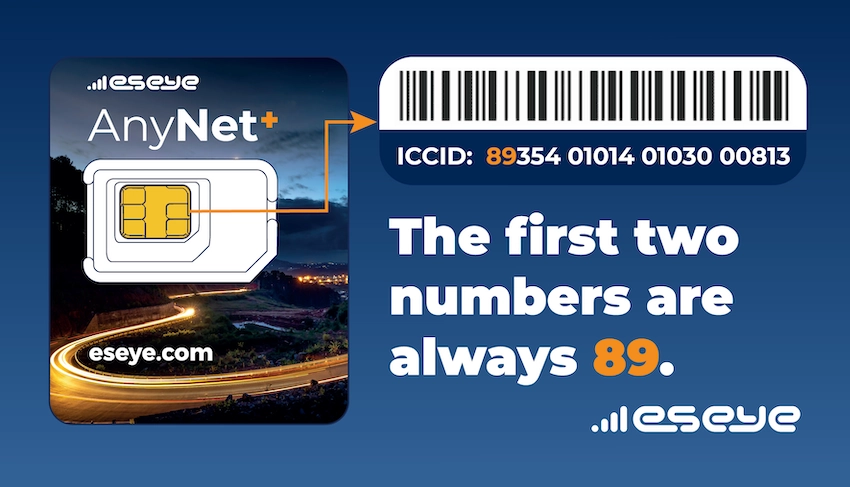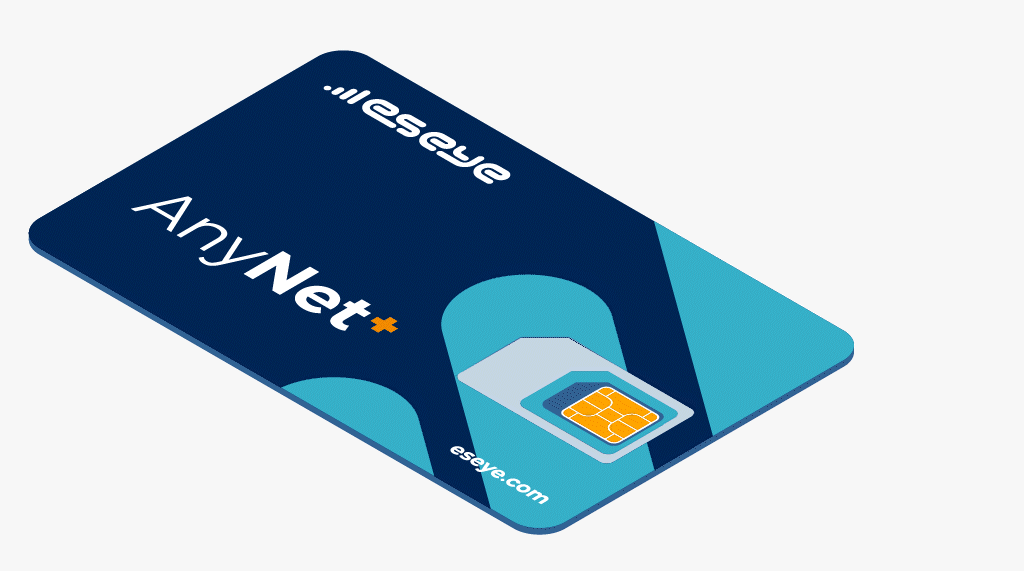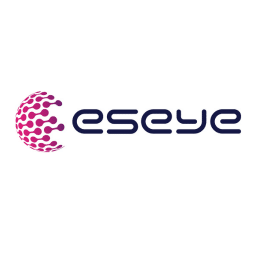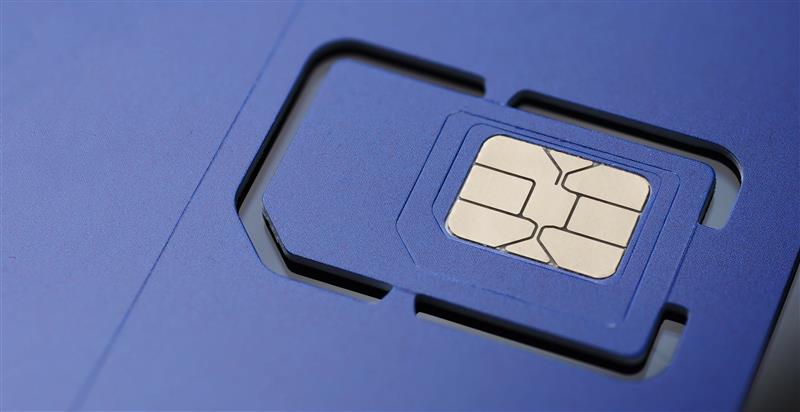Quick Summary
The ICCID (Integrated Circuit Card Identifier) is an important element of any IoT SIM. Traditionally ICCID has been a global unique identifier for a physical SIM, but with the transition away from card-based SIMs to digital eSIMs, the nature of the ICCID has changed somewhat. Here’s everything you need to know.
What is ICCID?
Traditionally, the Integrated Circuit Card ID (ICCID) is the unique identifier associated with a physical Subscriber Identity Module (a SIM card) inserted into a device to enable cellular connectivity via the modem.
As a unique identifier, the ICCID is stored digitally in the SIM memory and printed on the physical SIM body. The ICCID takes the form of an 18 to 20 digit number and no two SIMs will have the same ICCID.
As a standard, ICCID is defined by the ITU-T recommendation E.118 as the Primary Account Number. It is not the same as a telephone number, IMSI or an IMEI number. Although the ITU standard doesn’t specifically forbid recycling, the industry has come to treat ICCIDs as ‘unique forever’ to avoid the chances of a number reassignment.
The characters of an ICCID contain an Industry Identifier (ISO), country code, issuer identity, account ID, and other data which allows a network operator to identify a physical SIM.
The format for an ICCID number looks something like this:
MMCCC IINN NNNN NNNN NN C X
MM – The first two numbers on a SIM are always 89. This is an ISO industry identifier that denotes that the SIM is associated with the telecommunications industry. SIMs are also used in several other industries, such as bank and credit cards, ID cards, and passports, each with their own specific ISO number.
CCC – This is the county code, or MCC (Mobile County Code), used to identify a mobile subscriber’s county of origin. It is not the same as the international country calling code but serves a similar purpose. Eg. The MCC for the UK is 234, while the international country calling code for the UK is 44.
II – The MNC (Mobile Network Code) is used to identify a specific mobile network provider and will usually be associated with operators in the previously identified country. This code is an essential piece of information for roaming.
N – Several unique numbers form the actual SIM number or account ID and are unique to each SIM.
C – The is the sum of previous digits using the Luhn algorithm, a simple error checking digit formula used to validate a variety of identification numbers.
X – This final digit may or may not be present and is not officially included as a part of the ICCID number but can be used as an additional part of the identifier by network operators.
What is the purpose of ICCID?

Network operators rely on the ICCID for identification and management of the SIM and associated accounts. In combination with other identifiers, some of which we look at below, it can help an operator identify the correct network to connect the mobile or IoT device to, authenticate it, and deliver the correct services.
The unique nature of the ICCID helps operators manage thousands or millions of connected devices through activation, troubleshooting, service changes, and deactivation.
An ICCID is different to a telephone number, which is used to route calls to a specific SIM and may be associated with multiple different SIMs over time. An ICCID is also different to an IMEI (International Mobile Equipment Identity) number, another unique number used to identify a mobile device. It is also different to the IMSI, which is used to identify the subscriber and the services they have access to.
Access and authentication
When a device tries to connect to the network, the operator checks the IMSI to see the network, the country and mobile network operator that issued the SIM card. Although as we learn below, this is not always accurate.
Subscriber management
In combination with the IMSI, the ICCID can reveal subscriber details, service plans, and billing information so the operator knows the data plan and the services the device has access to. If there’s an issue, the MNO can use the ICCID to investigate potential problems with the SIM or associated accounts.
Security
ICCID is used for fraud prevention as MNOs can detect unauthorized use or potential SIM swap attempts. The same ICCID attempting to be used on multiple different devices could trigger an alert in the MNO’s security center for example.
Although the primary method for blocking lost or stolen devices is the IMEI, the ICCID can be used as an additional method of verification and for blocking access to services associated with the device.
Roaming
When a device is roaming internationally, the IMSI helps foreign networks identify the home MNO associated with the device to ensure accurate billing.
This is especially important when it comes to IoT applications with roaming capabilities.
ICCID and EID in eUICC SIMs: Ensuring seamless IoT connectivity

When we’re talking about traditional physical SIMs, understanding ICCID is straightforward, but the advent of embedded SIMs, whether as eSIMs or iSIMs, and multi-IMSI SIMs introduced a layer of abstraction that can make it confusing.
If we move up a layer to the Universal Integrated Circuit Card (UICC), this is the hardware containing the SIM software and applications. The SIM is just one part of the UICC and is responsible for securely storing information including:
- The ICCID, which identifies the physical SIM itself.
- The International Mobile Subscriber Identity (IMSI), which identifies the mobile network to which the SIM is subscribed.
When we talk about eUICC – embedded Universal Integrated Circuit Card (eUICC) – more commonly known as an ‘eSIM’, we’re referring to the software component of eSIM that runs on a UICC. Somewhat confusingly however, eUICC, UICC, and even eSIM are all used interchangeably to refer to the SIM whether it is hardware or software or both.
The point is, an eUICC or eSIM can have multiple network profiles, each of which has its own ICCID. In this sense it is now possible for a hardware SIM to be associated with multiple ICCIDs.
eUICC SIMs do have an eUICC Identifier (EID) – a unique 32 digit number – that was originally used to identify the physical SIM instead of the ICCID (of which there could be several). However, as Remote SIM Provisioning (RSP) has evolved and companies like Eseye have undertaken several ‘Transfer In’ processes for IoT customers, loaded our own profiles and IMSIs onto physical SIMs originally sold by MNOs or MVNOs for the purpose of IoT device management, we no longer use the EID to determine the service provider for any particular SIM.
So, if you use – or plan to use – eUICC SIMs, such as the Eseye AnyNet+ SIM, you need to be aware that the eSIM multi-profile capability changes how SIMs operate. In particular, if your IoT application relies on uniquely identifying a SIM or determining the SIM supplier, you must ensure that your modem firmware and communications software use the SIM EID rather than the ICCID.
The intelligent AnyNet+ eUICC SIM is available in a wide choice of form factors (2FF/3FF/4FF/MFF2/iSIM) or as an eSIM, providing access to over 800 mobile networks across 190+ countries.
With up to 10 bootstrap profiles, our multi-IMSI SIM combined with our eUICC technology means you benefit from our growing network of operator partners, even after deployment, through over-the-air (OTA) profile updates to ensure your devices always stay connected as OTA management allows IoT operations to remotely change profiles and their associated ICCIDs on an eSIM without physically swapping cards.
ICCID vs IMSI (differentiations)
As described in the previous section, the International Mobile Subscriber Identity (IMSI) identifies the mobile network and services to which the SIM is subscribed, while the ICCID identifies the SIM itself. Both are essential and work in conjunction to help a network operator understand ‘who you are’ and ‘what you are allowed to do and for how long’.
It’s a bit like showing a passport and visa at border control so they can establish your identity, how long you’re allowed to stay in the country, and whether you are there for work or leisure.
Both serve a critical purpose in IoT deployments.
ICCID’s role in global IoT connectivity
ICCID plays an essential role in today’s dynamic IoT landscape. Managing SIMs for thousands or millions of IoT devices across different networks can be challenging both for the connectivity provider and the enterprise customer.
The ICCID is a key element in being able to accurately track and manage an inventory of SIMs in both physical card format and eSIM, making it faster and easier to provision devices, troubleshoot issues, manage services, and decommission devices or accounts. This is especially useful when you have IoT devices roaming into other regions all over the world.
So, when you need to quickly resolve IoT connectivity issues or provision a large number of new devices quickly, having easy access to the ICCID enables your network partner to execute these tasks efficiently.
Eseye brings decades of end-to-end expertise to integrate and optimise IoT connectivity delivering near 100% uptime. From idea to implementation and beyond, we deliver lasting value from IoT. Nobody does IoT better.

